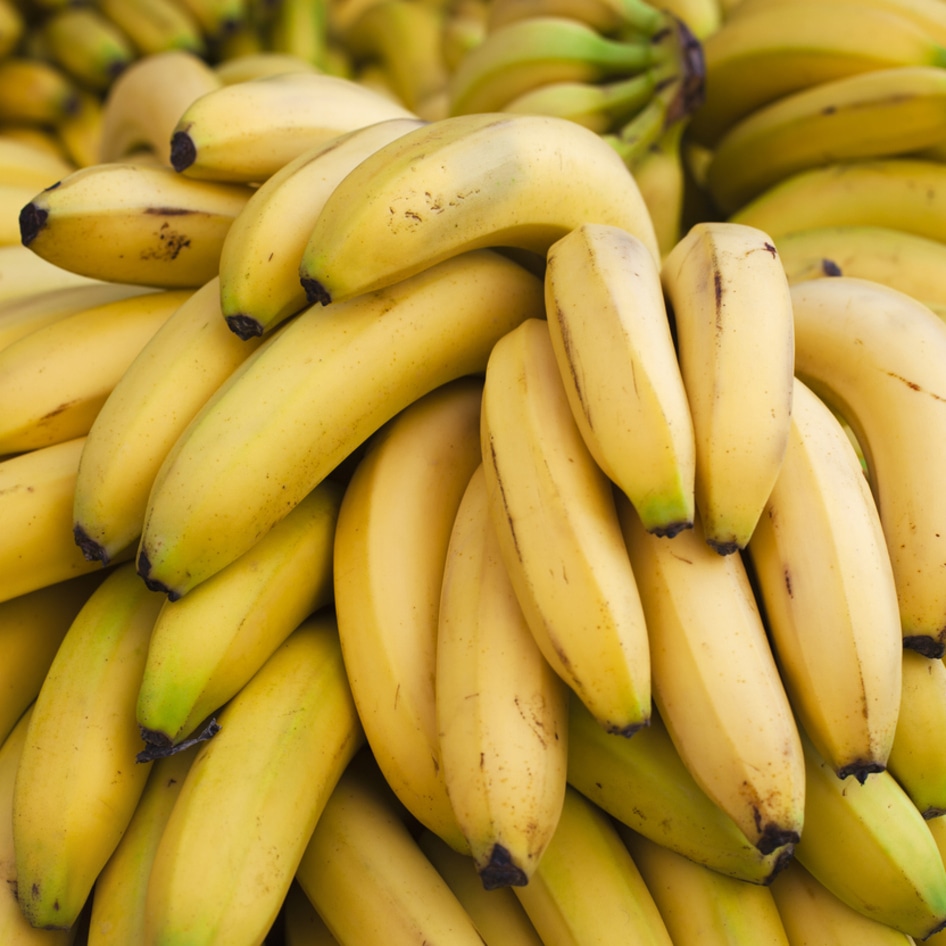If global temperatures continue to rise, we could lose more than one-third or even half of all animal and plant species, according to a new study conducted by researchers at the University of Arizona. Cristian Román-Palacios and John J. Wiens from the university’s Department of Ecology and Evolutionary Biology analyzed data on recent extinctions among 538 species and 581 sites around the world and compared it against weather predictions for the next 50 years. They found that 44 percent of those species had already gone extinct at one or more sites (known as local extinction). “By analyzing the change in 19 climatic variables at each site, we could determine which variables drive local extinctions and how much change a population can tolerate without going extinct,” Román-Palacios told media outlet Metro UK. The researchers found that many species were able to tolerate some increases in maximum temperatures, but only up to a point. They found that about half of the species experienced local extinctions if maximum temperatures increased by more than 0.5 degrees Celsius (33 degrees Fahrenheit) but a 95 percent extinction rate could occur if temperatures increase by more than 2.9 degrees Celsius (37 Fahrenheit). The loss of plant and animal species is predicted to be two to four times more common in the tropics than in temperate regions. “Projections of species loss depend on how much the climate will warm in the future,” Wiens said. “In a way, it’s a ‘choose your own adventure.’”
JUMP TO ... Latest News | Recipes | Guides | Health | Subscribe







